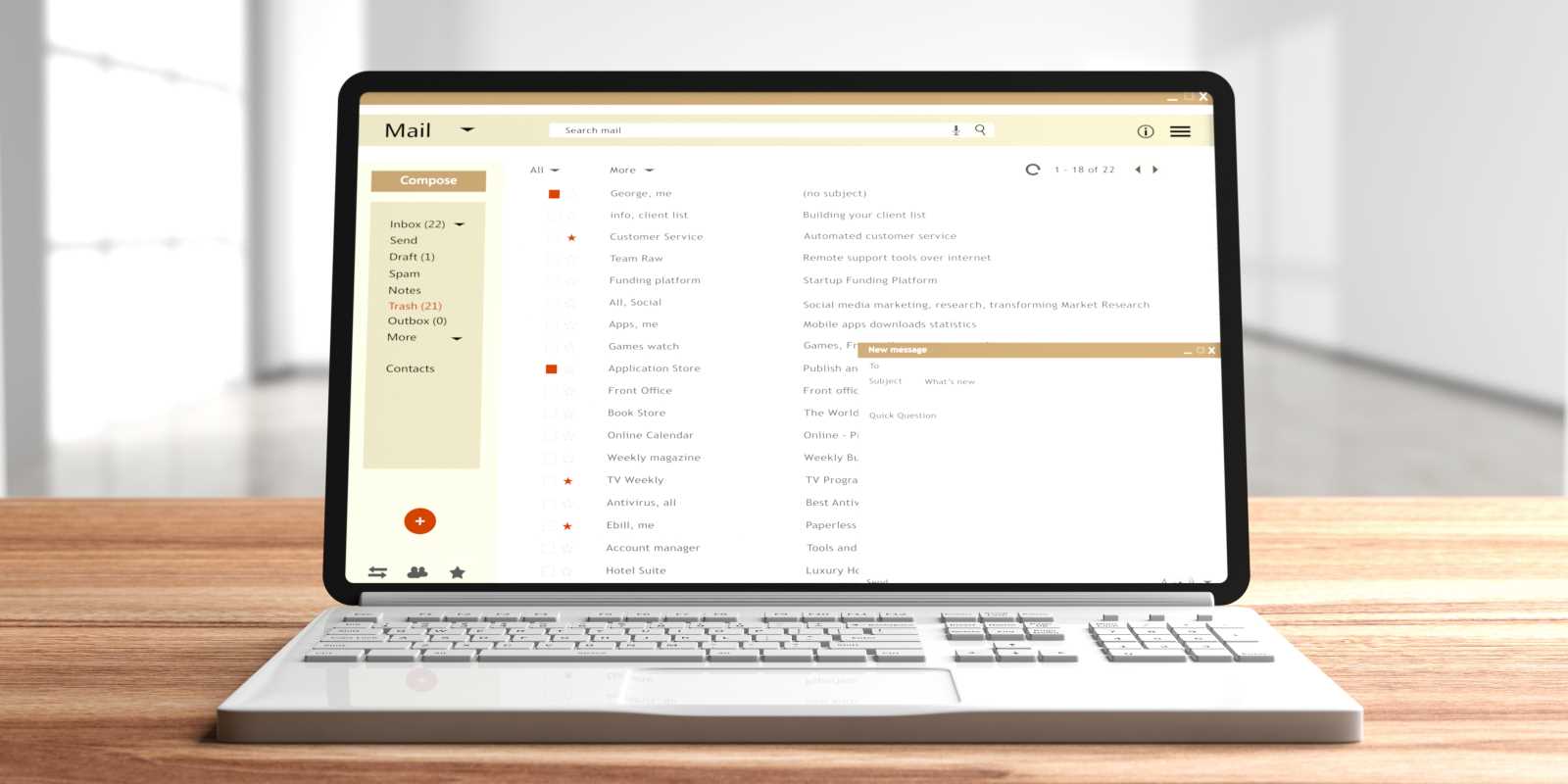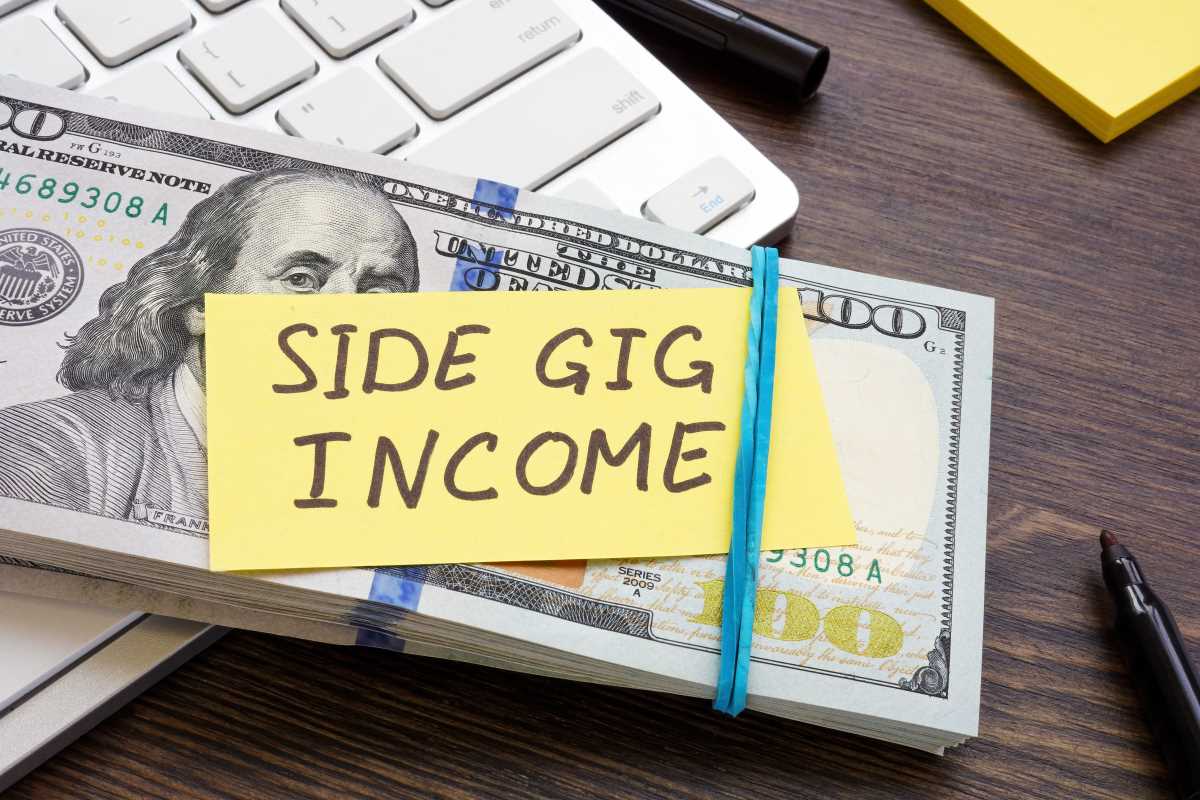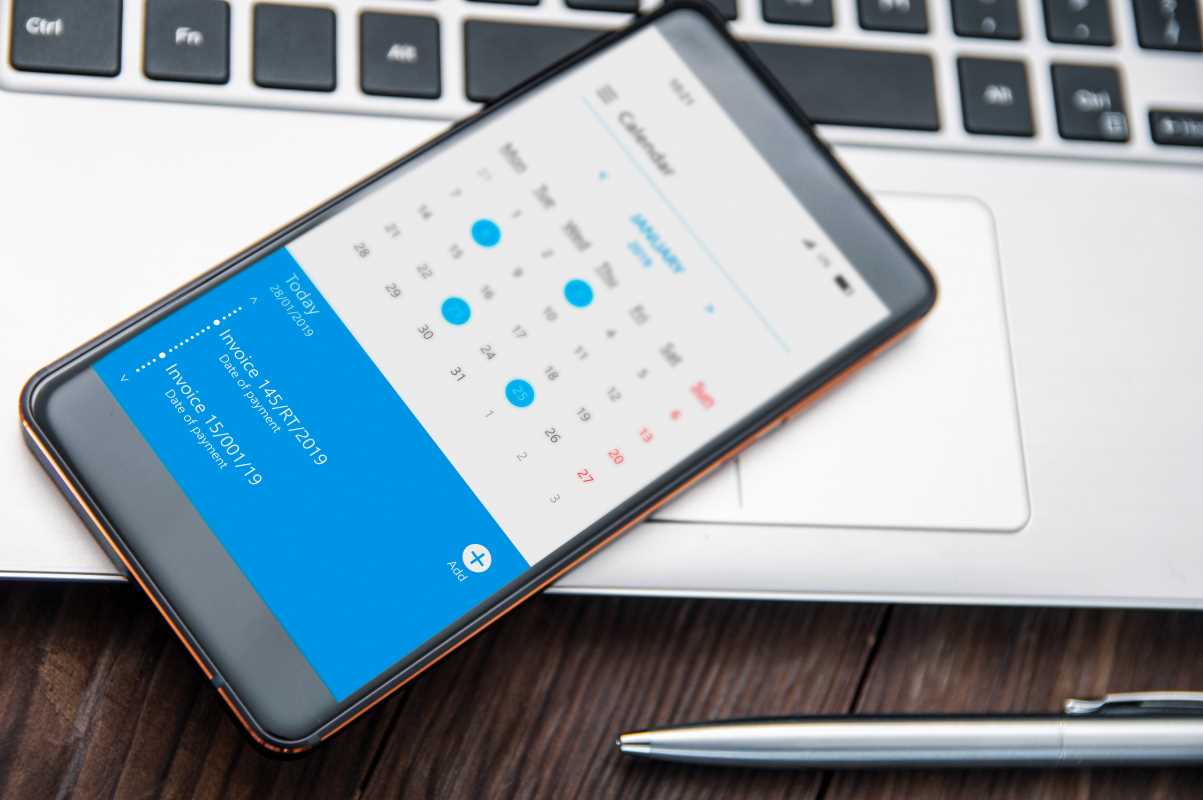The idea of a completely empty email inbox, known as "Inbox Zero," is often presented as the ultimate goal of digital productivity. It paints a picture of perfect organization and complete control, where every message has been handled and nothing is left pending. Many people chase this goal, spending countless hours deleting, archiving, and responding to emails in a relentless quest for a clean slate. The pursuit, however, can become a source of significant stress and anxiety. Instead of creating a sense of calm, the pressure to maintain an empty inbox can turn email into a constant battle. Let's explore the reality behind Inbox Zero and find a healthier, more sustainable approach to managing your digital mail.
The Flawed Promise of an Empty Inbox
Inbox Zero was originally introduced as a system for processing email, not just deleting it. The goal was to spend less time in your inbox so you could focus on more important work. Over time, the concept has been simplified into a rigid rule: your inbox must be empty at all times. This misinterpretation is where the problems begin.
A Never-Ending Chore
Your inbox is a dynamic space. New messages arrive constantly, without your control. Trying to keep it empty is like trying to sweep a floor while people are continuously walking through with muddy shoes. The moment you clear it, a new email appears, undoing your hard work and resetting the task. This creates a never-ending cycle of maintenance.
This constant effort can feel like running on a treadmill. You expend a lot of energy but never actually reach a final destination. The satisfaction of reaching zero is fleeting, quickly replaced by the pressure to handle the next incoming message. This can lead to a feeling of being chained to your email, unable to disconnect for fear of falling behind.
The Illusion of Productivity
Clearing emails feels productive. Each message you delete or archive provides a small hit of accomplishment. You can see the unread count go down, giving you a tangible measure of progress. This activity, however, is often just "productivity theater." You are busy, but you are not necessarily effective.
True productivity comes from focusing on your most important tasks, the ones that create real value and move you closer to your goals. Spending an hour a day just to maintain an empty inbox is an hour not spent on deep work, creative thinking, or strategic planning. The pursuit of Inbox Zero can trick you into prioritizing low-value administrative tasks over high-impact work, ultimately hurting your overall effectiveness.
The Psychological Cost of Chasing Zero
The relentless drive to clear every email can have a surprisingly negative impact on your mental well-being. What starts as a well-intentioned organizational habit can quickly morph into a source of anxiety and burnout.
Increased Stress and Anxiety
The pressure to maintain a perfectly empty inbox can create a state of continuous partial attention. You might find yourself checking your email compulsively, even outside of work hours, just to keep the count at zero. Every new notification can trigger a small spike of stress, as it represents another task you must immediately handle.
This hyper-vigilance keeps your nervous system in a low-grade state of alert, which is mentally and physically exhausting. Instead of your inbox serving you, you become a servant to it. The goal that was supposed to bring peace ends up creating a constant, nagging sense of urgency. You never feel truly finished with your work because your inbox is never truly "done."
A False Sense of Urgency
Treating every email as something that must be dealt with immediately gives undue importance to incoming messages. The Inbox Zero mindset implies that every email is an urgent demand on your time. In reality, most emails are not urgent. They can be answered later, delegated, or even ignored.
This self-imposed urgency can disrupt your workflow and prevent you from engaging in deep, focused work. Answering an email the moment it arrives might feel efficient, but it pulls your attention away from your planned priorities. This constant context-switching, as we know, drains your mental energy and reduces the quality of your work.
A Healthier Approach: Inbox Sanity
It is time to let go of the stressful pursuit of zero and embrace a more realistic and empowering way to manage email. The goal is not an empty inbox, but a functional one that supports your work without causing anxiety. This is the concept of "inbox sanity."
Redefine Your Goal
Instead of aiming for zero, aim for control. A well-managed inbox is one where you know what needs attention, what can wait, and what can be dismissed. Your inbox should be a tool for communication, not a measure of your worth or productivity. Shift your mindset from "clearing" to "processing."
Your new goal could be to check your email at designated times, process all new messages, and then close the tab. This approach, known as batching, puts you back in control. You decide when to engage with your email, rather than letting it dictate your day.
Practical Strategies for Managing Your Email
You can achieve a state of email calm with a few simple, actionable strategies. These methods help you create a sustainable system for managing your messages without the pressure of reaching zero.
- Schedule Email Time: Set aside specific blocks of time in your day for handling email—for example, once in the morning, once after lunch, and once before you sign off. Outside of these times, keep your email client closed and turn off notifications. This frees you up to focus on other tasks without interruption.
- Use the "Two-Minute Rule": This is a fantastic productivity principle. If you can respond to, delegate, or delete an email in under two minutes, do it immediately during your scheduled email time. This prevents small tasks from piling up. For emails that require more time, move them to a separate folder or to-do list to handle later.
- Create a Simple Folder System: You do not need a complex web of folders. A few simple categories can work wonders. Consider a system like:
- Action: For emails requiring a longer response or task.
- Waiting: For emails where you are waiting for a response from someone else.
- Archive: A single folder for everything you have dealt with. This keeps your main inbox clean while ensuring you can always find old messages with a quick search.
- Embrace the Archive Button: Your email's search function is incredibly powerful. You do not need to meticulously file every message. Once an email is handled, archive it. This removes it from your immediate view but keeps it searchable for future reference. Think of your inbox as a workspace for current tasks and your archive as a filing cabinet for everything else.
By scheduling your email time, processing messages efficiently, and using simple organizational tools, you can transform your relationship with email. You will create a system that supports your productivity and well-being, freeing you to focus on the work that truly matters. Plus, it frees you up to work on writing good emails.
 (Image via
(Image via





